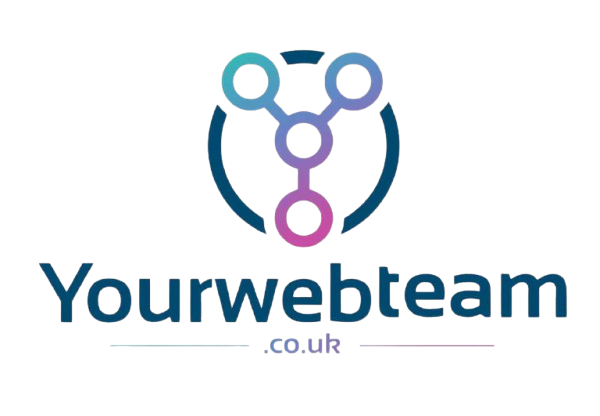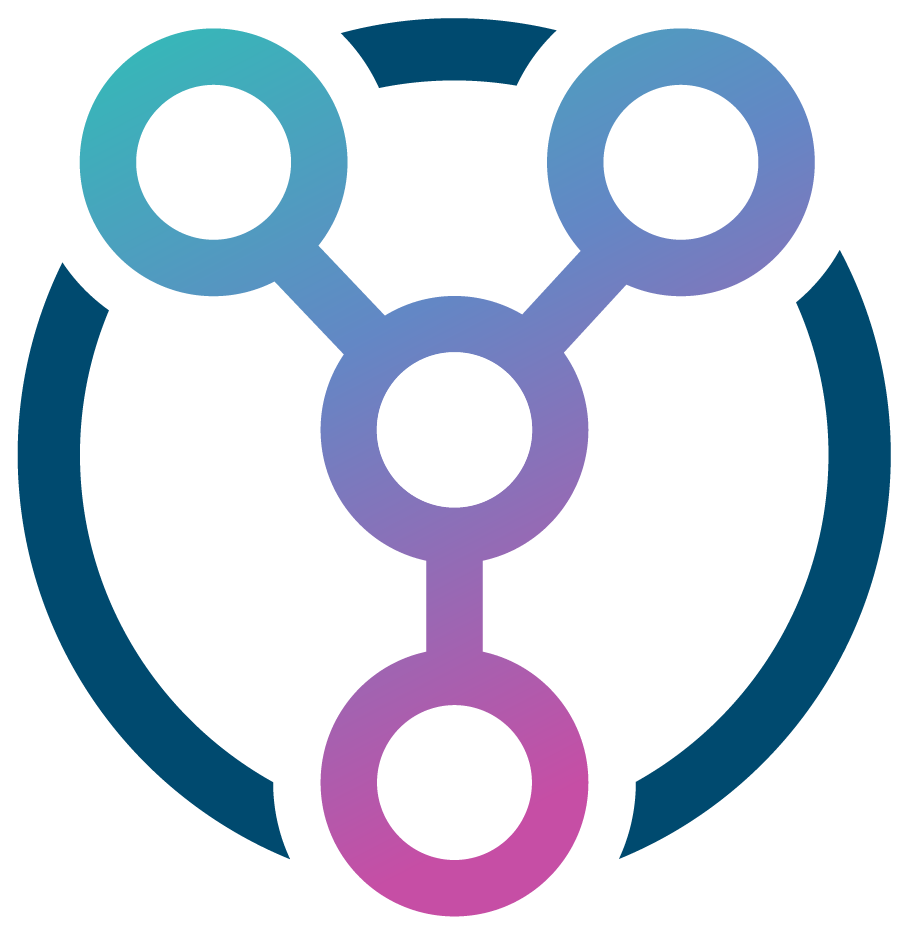Top 5 Web Design Trends Shaping 2025

The world of web design evolves at lightning speed. What looked modern in 2020 feels outdated today. In 2025, businesses need to go beyond just “having a website”—they need a website that feels fresh, functional, and future-ready.
This blog explores the top five web design trends shaping the digital landscape this year, along with why they matter for your business.
1. AI-Powered Personalization
Artificial Intelligence (AI) is no longer a buzzword—it’s a practical tool transforming how websites interact with visitors.
Instead of offering the same content to every visitor, AI allows websites to adapt dynamically:
- E-commerce: Showing personalized product recommendations based on browsing history.
- Blogs & Media: Suggesting articles similar to what a reader just viewed.
- Service Businesses: Customizing calls-to-action depending on the visitor’s location or interests.
For example, a clothing website could highlight winter jackets for someone browsing from Canada in January, while showing beachwear for someone in Australia.
This kind of personalization increases engagement and boosts conversions, because the website feels like it “understands” the visitor.
2. Minimalist & Clean Layouts
Web users are drowning in information. That’s why minimalism is dominating web design in 2025.
Instead of flashy, crowded layouts, businesses are choosing:
- Clean typography that communicates clearly.
- Plenty of white space for breathing room.
- Simplified navigation menus with fewer, focused options.
This approach reduces distractions, improves readability, and directs attention to the call-to-action (CTA)—whether that’s “Buy Now,” “Book a Demo,” or “Contact Us.”
Minimalism doesn’t mean boring—it means purposeful simplicity.
3. Micro-Animations and Motion Design
Animation is everywhere—but not the overwhelming, slow-loading kind of the past. In 2025, it’s all about micro-animations.
Examples include:
- Buttons that gently glow when hovered over.
- Icons that bounce slightly when clicked.
- Text that fades in as you scroll.
These subtle touches guide the user’s eye, create a sense of interactivity, and make the browsing experience feel lively.
Businesses benefit because visitors stay longer and feel more engaged. Even something as small as an animated progress bar can increase user trust.
4. Accessibility-First Design
Accessibility is no longer optional. In 2025, businesses recognize that making websites usable for everyone—including people with disabilities—is both an ethical responsibility and a smart business move.
Accessibility-first design includes:
- High color contrast for readability.
- Alt-text descriptions for all images.
- Keyboard-friendly navigation.
- Voice search optimization.
Not only does this make websites inclusive, but it also improves SEO rankings (since Google prioritizes accessibility).
In many countries, accessibility compliance is even becoming a legal requirement. Ignoring it could mean lawsuits as well as lost customers.
5. Dark Mode & Glassmorphism
Dark mode has become a user preference rather than just a trend. It reduces eye strain, saves battery life on mobile devices, and looks sleek. Many websites now allow visitors to toggle between light and dark themes.
Glassmorphism—using blurred, frosted-glass effects—is also growing in popularity. It gives websites a futuristic, high-tech feel while keeping layouts elegant and modern.
Combined, these design choices make websites look professional, stylish, and in tune with user expectations.
Conclusion: Design for People, Not Just Pixels
Trends come and go, but one rule remains: web design is about people, not just pixels.
AI personalization, minimalist layouts, micro-animations, accessibility, and modern visual styles like dark mode are not just “trends.” They’re tools for improving user experience.
A website that looks modern and feels effortless to use shows your audience that your brand cares about their time, their comfort, and their needs. In 2025, that’s the difference between being ignored and being remembered.






